The speed of nuclear power development in the world is heating up, causing the International Atomic Energy Agency (IAEA) to predict that this field will increase strongly in the coming decades.
Reuters on November 28 quoted informed sources as saying that French authorities are finalizing a plan to provide interest-free loans to EDF to support the construction of six nuclear reactors. The new move reflects the trend of accelerating nuclear power development in many countries, of which nuclear power in France currently accounts for 62.6% of the country's electricity output, the highest rate in the world.
Nuclear power "hot" again
The Czech Republic approved a similar plan in July to boost its nuclear power project. Other countries such as the UK and Poland also plan to build new nuclear power plants to meet their energy self-sufficiency needs. The UK government recently pledged more than £5.5 billion to support the preliminary development of the 3.2 GW Sizewell C nuclear power project.
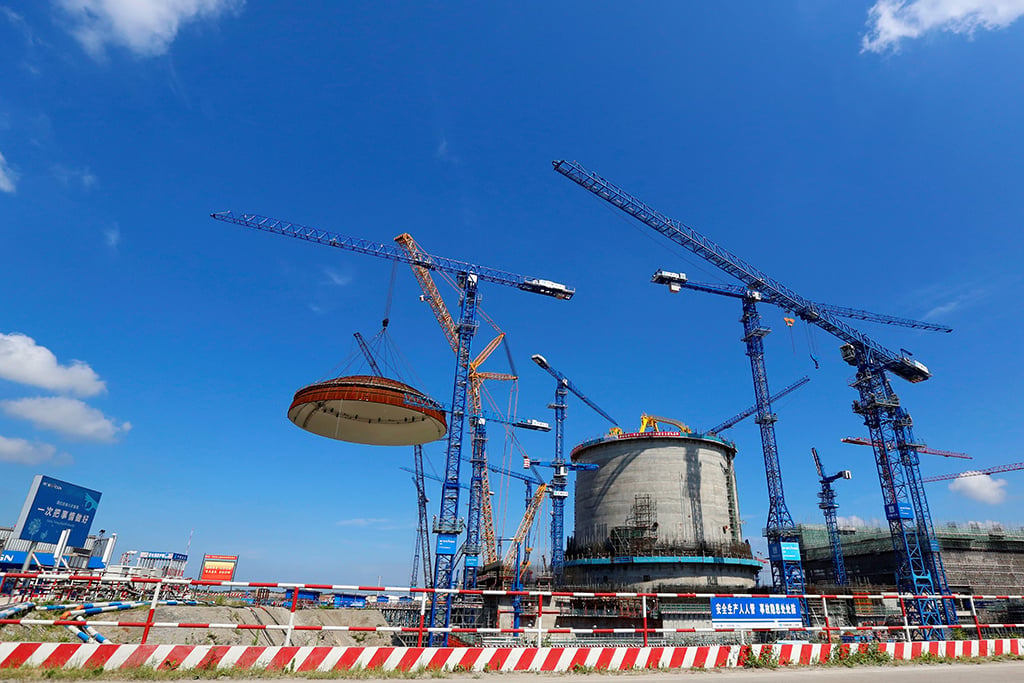
Fangchenggang Nuclear Power Plant in Guangxi Province (China)
In the US, the Department of Energy estimates that the country will need about 200 GW of additional nuclear power to meet demand by 2050. At the COP29 climate conference in Azerbaijan (November 11-22), the US set a target of adding 35 MW of nuclear power by 2035 and adding 15 GW each year. In China, the World Nuclear Association (WNA) said the country has 56 operational reactors with a total capacity of 54.3 GW, in addition to 30 other reactors with a total capacity of 32.5 GW under construction.
The IAEA in September forecast that global nuclear power capacity would increase 2.5-fold by 2050, with a significant contribution from small modular reactors (SMRs). "The new IAEA forecast reflects the growing understanding of nuclear power as a safe and clean energy source, as well as the growing interest in SMRs for power and non-power applications, helping to achieve climate and sustainable development goals," said IAEA Director General Rafael Grossi.
By the end of 2023, the world had 413 nuclear reactors operating with a total capacity of 371.5 GW. In its highest forecast, the IAEA sees this capacity rising to 950 GW by 2050. At last year's COP28 conference in the UAE, 22 countries pledged for the first time to triple their nuclear power use by mid-century to help curb global warming. At COP29, six more countries joined the pledge.
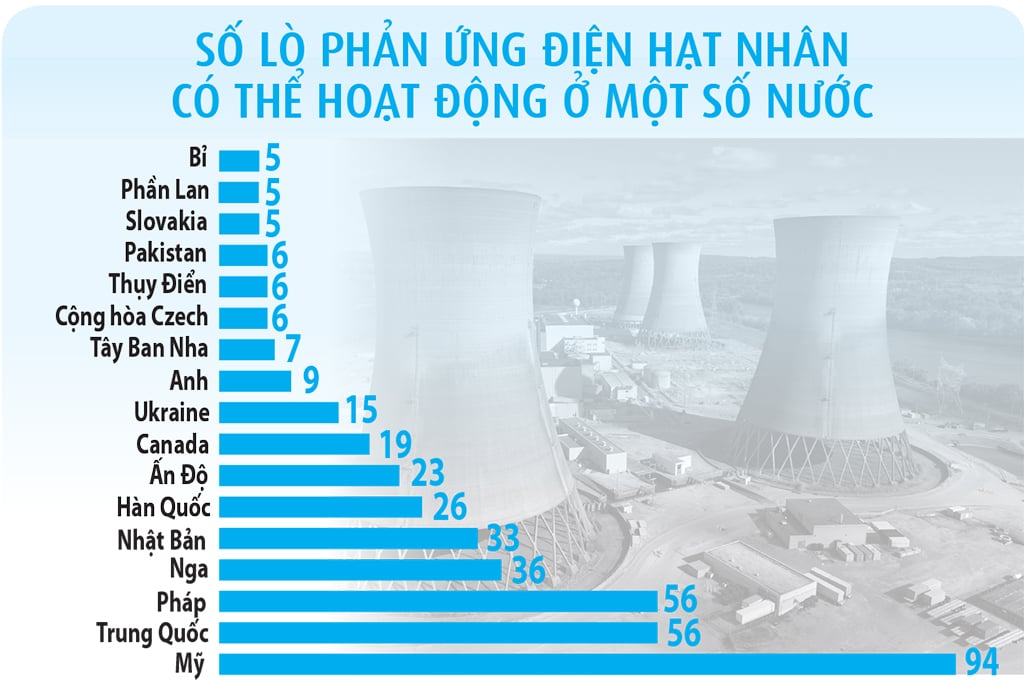
Source: Statista
graphic: illustration
New motivation
According to Bilbao y Leon, WNA Director General, there are many more people today who are open to talking about nuclear power as an energy solution and to combating climate change. “It’s a whole new dynamic,” she said. Nuclear power has been used in the United States for the past 60 years and is the largest source of clean energy in the country, helping to avoid more than 470 million tons of CO2 emissions annually, equivalent to the emissions of 100 million cars on the road, according to the US Department of Energy website.
The US state of Pennsylvania recently announced plans to reopen the Three Mile Island nuclear power plant, which is expected to create 3,400 jobs and $3 billion in tax revenue. "Gas is under attack. Coal is closing all over this country. You have to have a baseload power source and nuclear is probably the most efficient source we have," said Robert Bair, president of the Pennsylvania Building and Commerce Council, according to AFP.
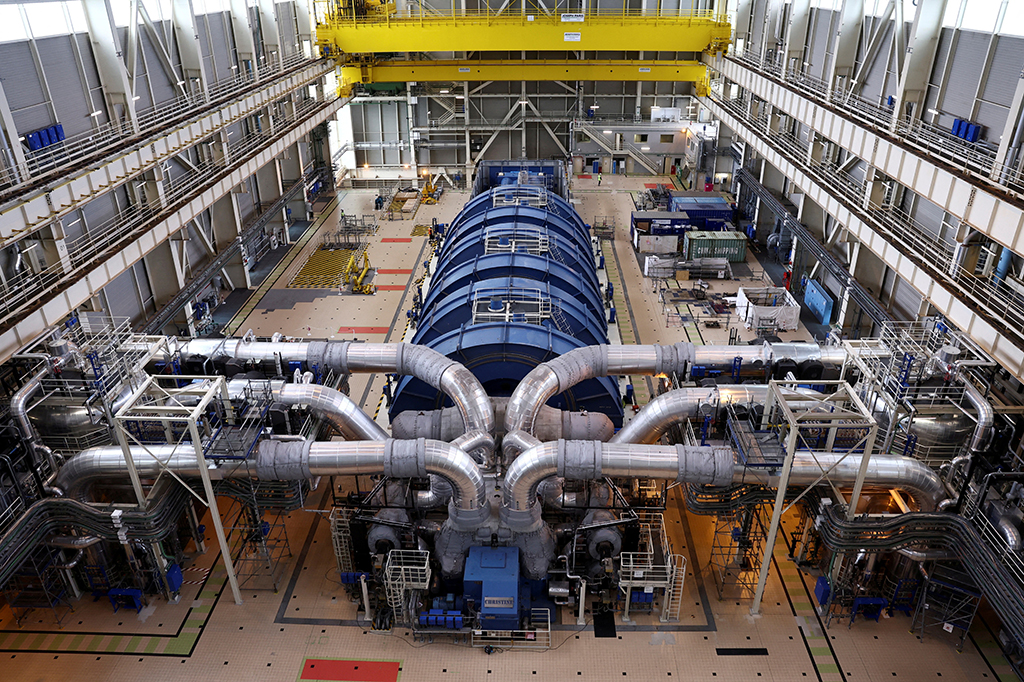
Inside the Flamanville nuclear power plant in France
Experts say the AI revolution has skyrocketed energy demand for data centers, prompting cloud computing giants to look for more low-carbon energy sources. Microsoft, OpenAI's largest shareholder, signed a 20-year contract in September to buy electricity from the Three Mile Island nuclear power plant. Last month, Kairos Power (California, USA) reached an agreement to build six or seven small nuclear reactors to power Google for its AI needs. In addition, Amazon bought a nuclear-powered data center in March from independent power producer Talen Energy.
KRCRTV recently cited a survey by the Pew Research Center (USA) with responses from 8,638 randomly selected American adults, showing that 56% support building more nuclear power plants. The main reason is due to concerns about climate change, thanks to nuclear power that emits almost no greenhouse gases like fossil fuels. According to The New York Times, among the countries that have recently committed to building nuclear reactors to produce electricity are countries that have long used this technology such as Canada, South Korea, the US and France; but there are also countries that do not currently have nuclear power such as Kenya, Mongolia and Nigeria. In addition, countries such as Turkey and the UK are looking for ways to finance new nuclear power plants or how small reactors can generate the energy needed for all industrial purposes.
Source: https://thanhnien.vn/the-gioi-tang-toc-phat-trien-dien-hat-nhan-185241128222714323.htm




![[Photo] Prime Minister Pham Minh Chinh chairs meeting to deploy overcoming consequences of storm No. 10](https://vphoto.vietnam.vn/thumb/1200x675/vietnam/resource/IMAGE/2025/10/3/544f420dcc844463898fcbef46247d16)

![[Photo] Students of Binh Minh Primary School enjoy the full moon festival, receiving the joys of childhood](https://vphoto.vietnam.vn/thumb/1200x675/vietnam/resource/IMAGE/2025/10/3/8cf8abef22fe4471be400a818912cb85)

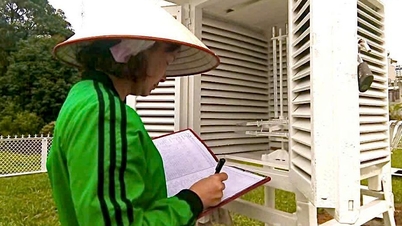

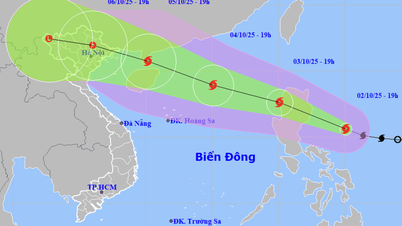


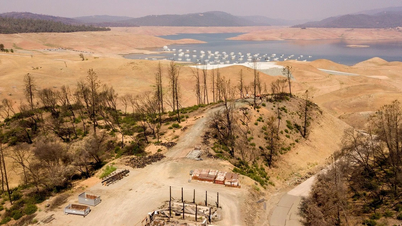







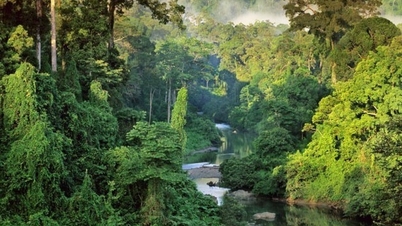





























































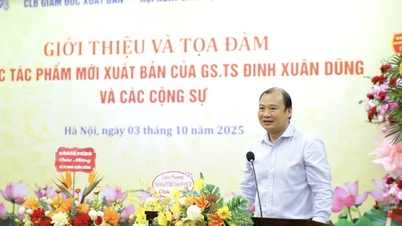



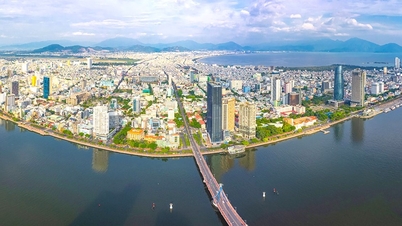

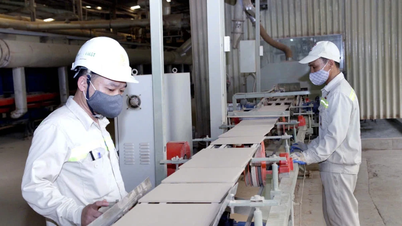

















Comment (0)